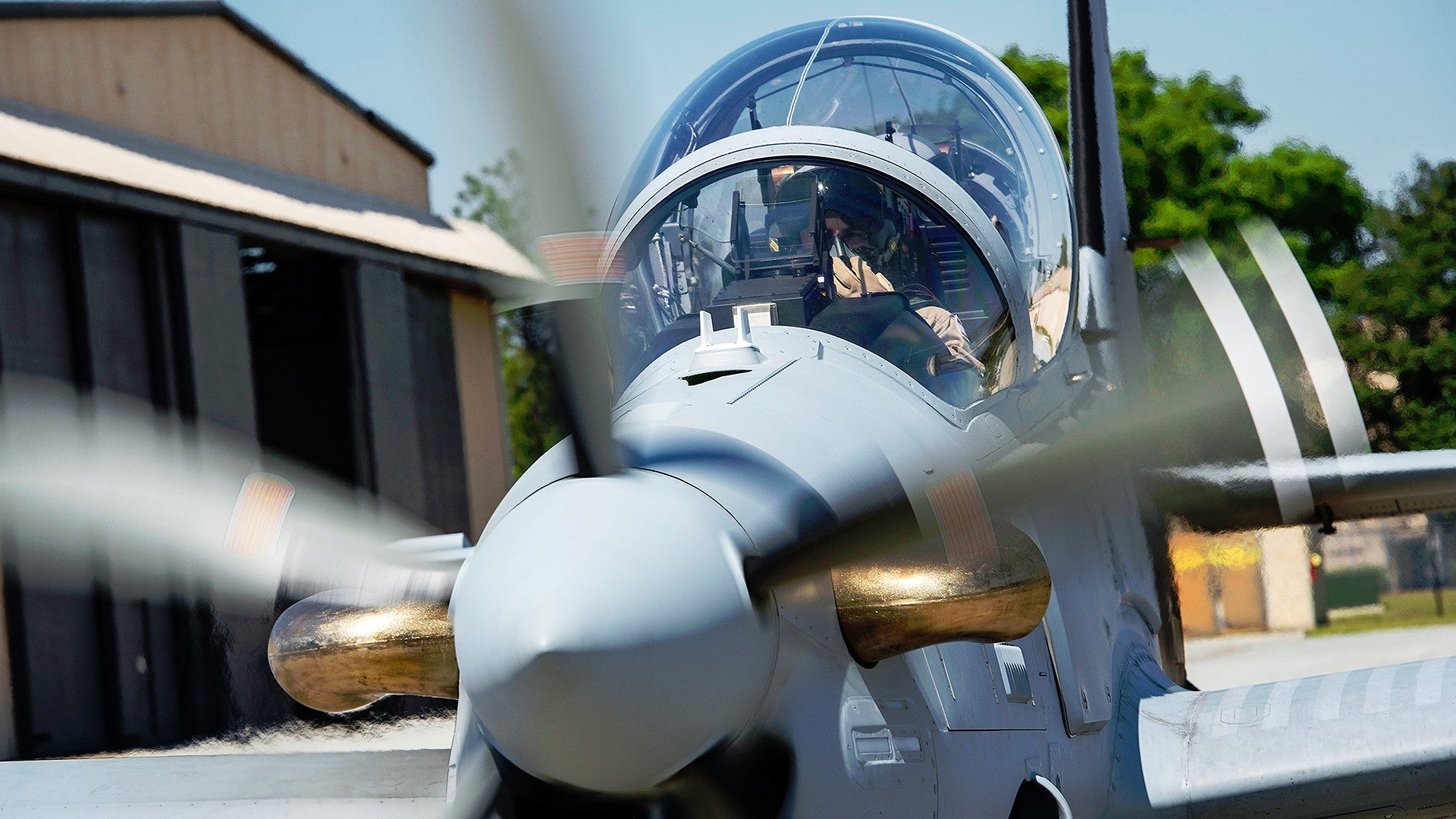The U.S. Air Force’s top officials insist that the service’s light attack aircraft program isn’t dead yet, revealing that their new budget request includes plans to purchase six planes for two new experimental detachments. The U.S. Marine Corps is also set to formally join the program. At the same time, they have made it all but clear that the Air Force will never fly these aircraft operationally itself and that the entire effort is focused on facilitating exports to allies.
Secretary of the Air Force Heather Wilson and Chief of Staff of the Air Force General David Goldfein offered the updates on what had most recently been known as the Light Attack Aircraft (LAA) program during a hearing in front of the Senate Appropriations Committee on Mar. 13, 2019. This followed the rollout of the overall Department of Defense budget request for the 2020 Fiscal Year the day before.
The Air Force has asked for $35 million in funding for continued light attack aircraft “experimentation” as part of its research and development budget for the 2020 fiscal cycle. The service is also planning to request around $400 million in additional funding for the light attack program through the 2024 Fiscal Year, Goldfein said at the hearing.
Goldfein separately told Air Force Magazine that the service would use $60 million in research and development funds left over from the 2018 Fiscal Year and $100 million in procurement money from the 2019 fiscal cycle to buy three Sierra Nevada Corporation and Embraer A-29 Super Tucanos and three Textron AT-6C Wolverine turboprop light attack aircraft. In January 2019, the Air Force announced it had indefinitely suspended its plans for a full procurement program to purchase up to just shy of 360 turboprop light attack aircraft.

Owning the aircraft will allow the Air Force to “modify them anyway we want,” Goldfein explained to Air Force Magazine. A major focus of the Air Force’s light attack effort has been on integrating an “exportable, affordable, and commercially secure tactical datalink that supports line-of-sight/beyond line-of-sight real-time information exchange between the airborne and ground units.” At the Senate hearing, Wilson said earlier phases of the service’s latest round of light attack experiments had successfully incorporated this system.
The six aircraft the Air Force now wants to buy in the 2019 Fiscal Year would go new units at Nellis Air Force Base in Nevada and Hurlburt Field in Florida, Goldfein explained. Nellis is one of the Air Force’s premier test and evaluation and training bases, while Hurlburt is home to Air Force Special Operations Command (AFSOC).
Goldfein also confirmed that the Marines would be joining the program. For at least two years now, the Marines have a had a standing requirement for a turboprop light attack aircraft, primarily to support various support training requirements, but which might also have a secondary operational role.
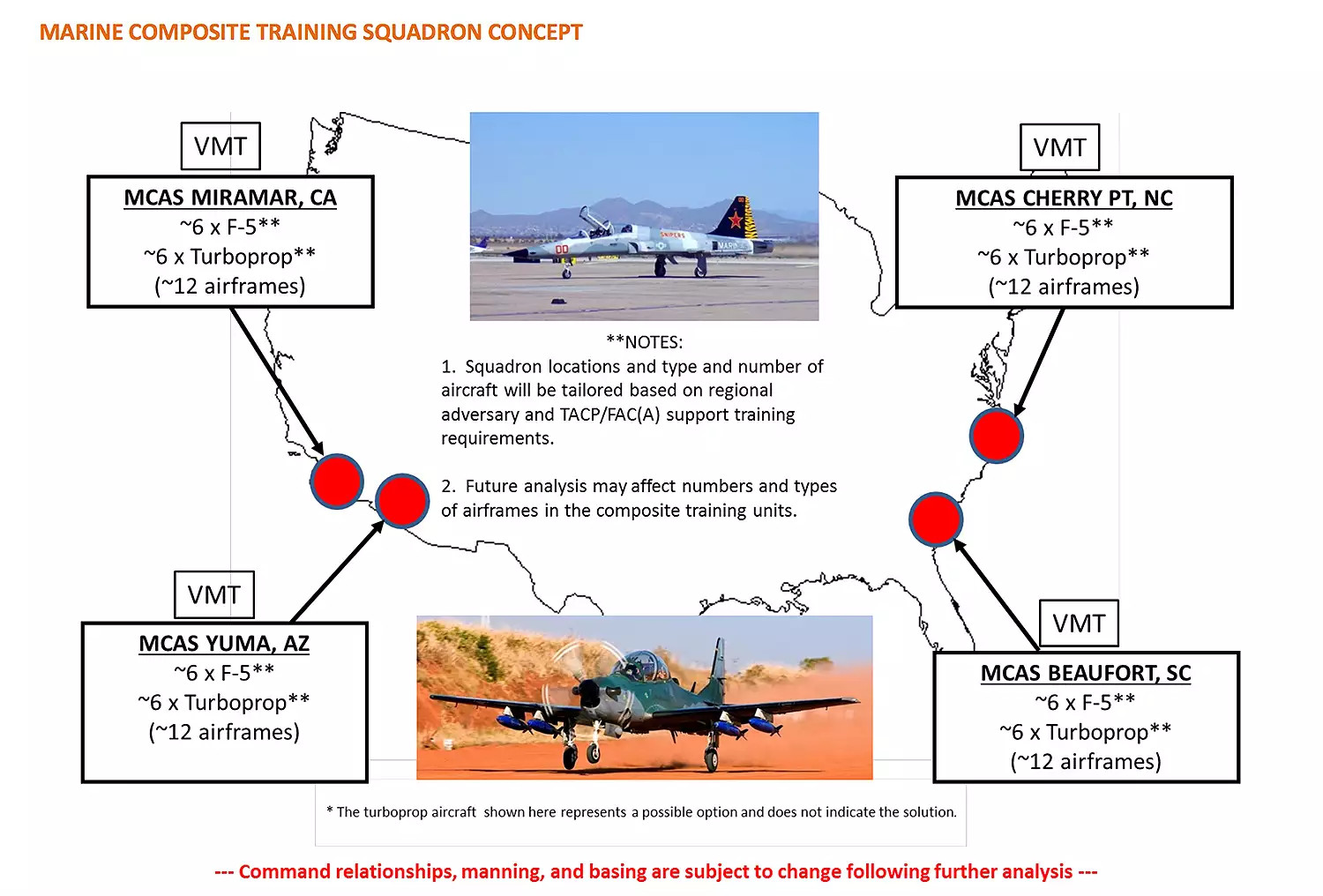
But both Goldfein and Wilson made it clear that “allies and partners” are the main focus of the light attack program. Their language strongly implies that the service has no plans to ever operate these aircraft in combat itself, despite assertions to the contrary over the past two and half years or so and in spite of the obvious demand for this capability from American forces.
“Number one, this is about allies and partners,” Goldfein said in response to a question from Senator Jerry Moran, a Republican from Kansas, which was what prompted him to give the additional details about the light attack effort going forward. “This about how do we get more allies and partners in with us.”
“We need to get more of our allies and partners involved from the get go or it may not work.” Wilson added.
It is important to note that Textron builds the T-6 Texan II-series in Kansas. Moran has been part of a prominent lobby pushing the U.S. government to buy these planes for itself and allies and partners for years, including a failed attempt to scuttle the sale of A-29s to Afghanistan.
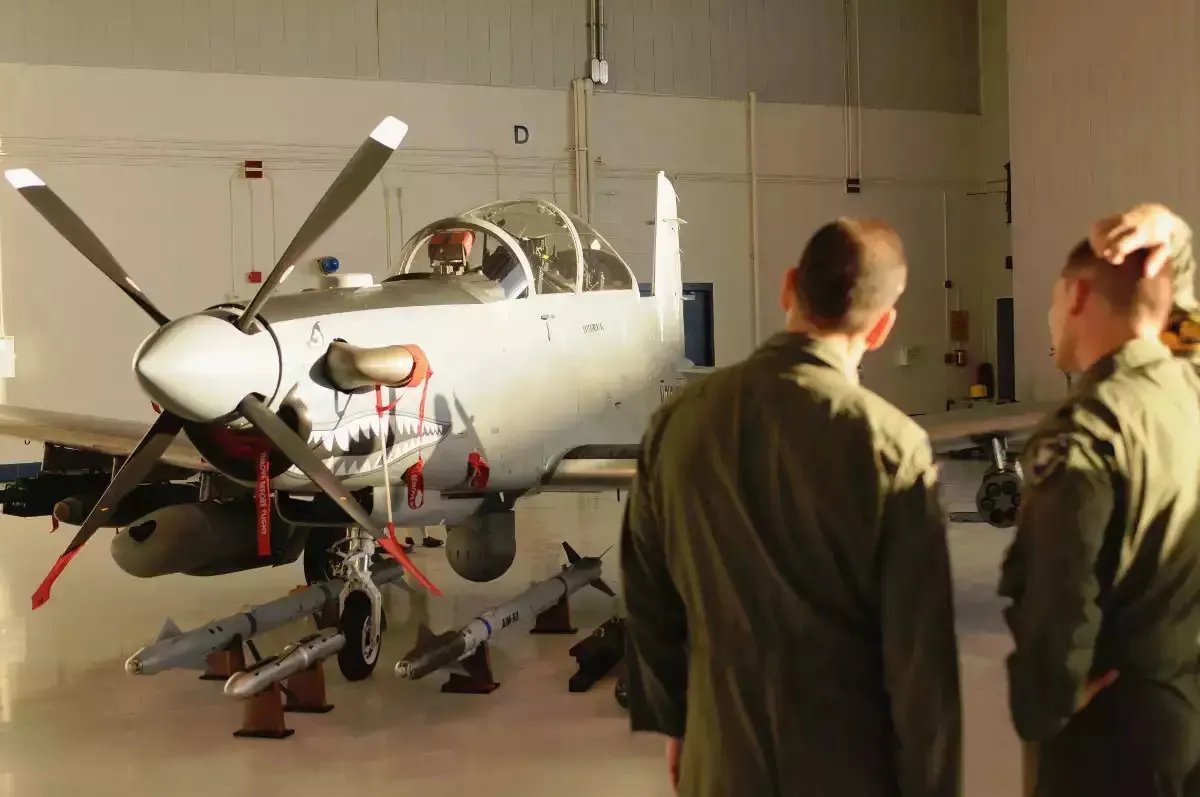
Regardless, the Air Force response to his inquires was hardly new. We at The War Zone have repeatedly highlighted the Air Force’s focus on international cooperation and potential exports in its most recent series of light attack experiments, which began in 2017.
It’s certainly fair to say that allies and partners often look to jump on programs the U.S. military has set up for itself first. Foreign countries piggy-backing on American defense procurement programs helps increase economies of scale and drive down costs all around, too. However, Goldfein’s response to Moran’s questioning, which simply regurgitated a host of previous arguments that simply do not hold water, something I have explored in detail previously, did not offer any new evidence for why the Air Force, or the U.S. military at large, needs a new budgetary vehicle for this sort of military cooperation.
In fact, it did quite the opposite.
In his testimony, the Air Force’s top officer specifically name-checked the Philippines and Nigeria as examples of countries that could be interested in the light attack effort, but declined to mention that both of them are already purchasing A-29s. The Nigerian Air Force is even getting their aircraft via the U.S. Foreign Military Sales program.
Goldfein also did not say why there was a need to establish two new detachments to experiment with the A-29 and AT-6C when his service already has conventional and special operations units tasked, in full or in part, with training foreign partners on light attack aircraft. The Air Education and Training Command’s (AETC) 81st Fighter Squadron at Moody Air Force base already has a fleet of A-29s dedicated to this specific purpose.
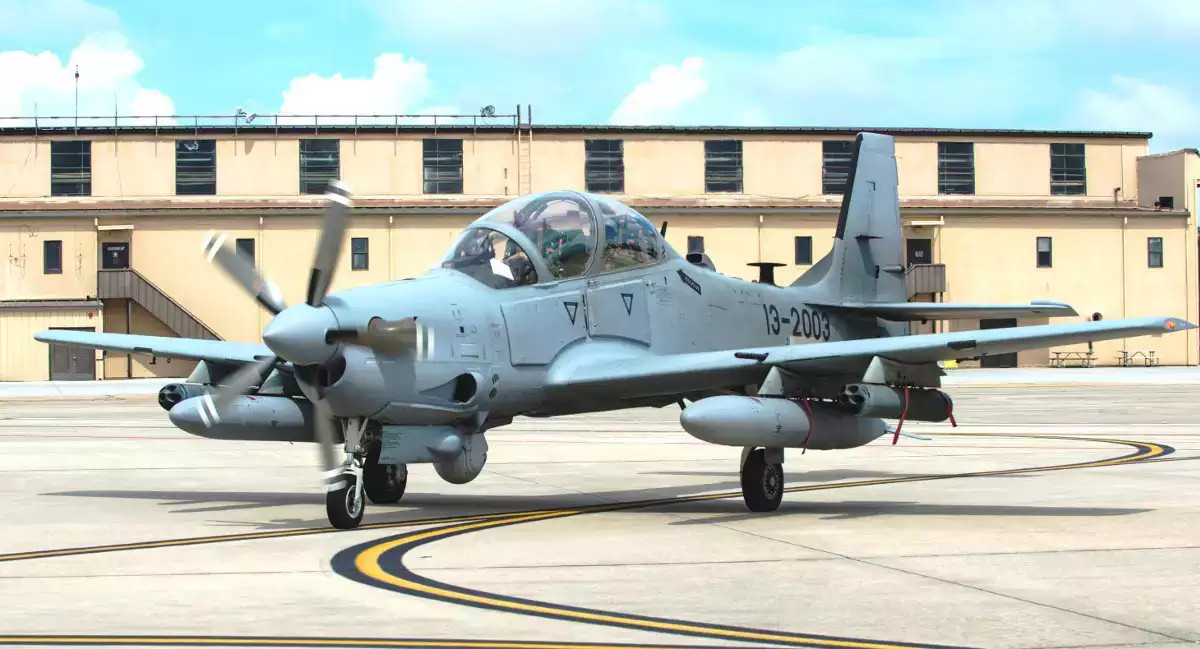
The squadron’s personnel have been expanding their knowledge base on the light attack and security cooperation missions, incorporating lessons learned from training Afghan and Lebanese pilots, since 2014. “The squadron is the only combat mission ready fighter squadron in AETC,” the unit’s official webpage declares.
In addition, Hurlburt, where Goldfein says one of the new detachments will go, is already home to both the 492nd Special Operations Wing, previously known as the Air Force Special Operations Air Warfare Center, too. This is AFSOC’s premier training and development unit, which has employed light attack and light utility aircraft as part of courses preparing personnel for deployments that involve working with foreign partners.
The 6th Special Operations Squadron at nearby Duke Field in Florida is also dedicated to advising and assisting foreign allies and partners, including in the employment of light attack aircraft. Just in February 2019, U.S. Air Force Captain Cole Geldernick, a Combat Aviation Advisor Air Liaison Officer from the 6th, received an award for setting up a program to train American special operations forces on how to work with the AC-208 Eliminator turboprop light attack aircraft.
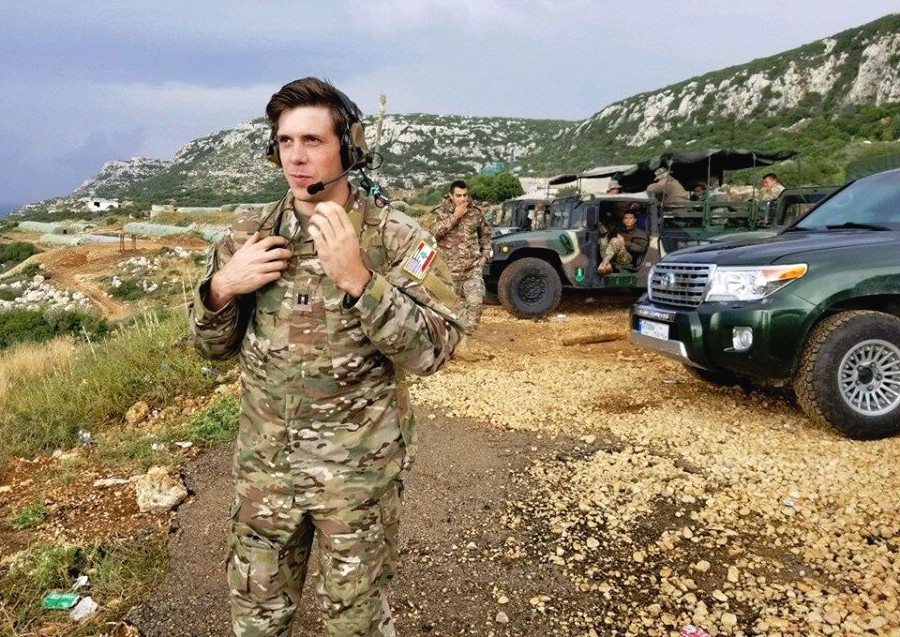
The AC-208 itself is another example that calls into question why the Air Force’s internationally focused light attack effort is even necessary. The U.S. military has already facilitated the delivery of AC-208s to Lebanon, where Geldernick was deployed at the time, and Iraq. The United States also expects to help deliver these planes to Afghanistan in the near future.
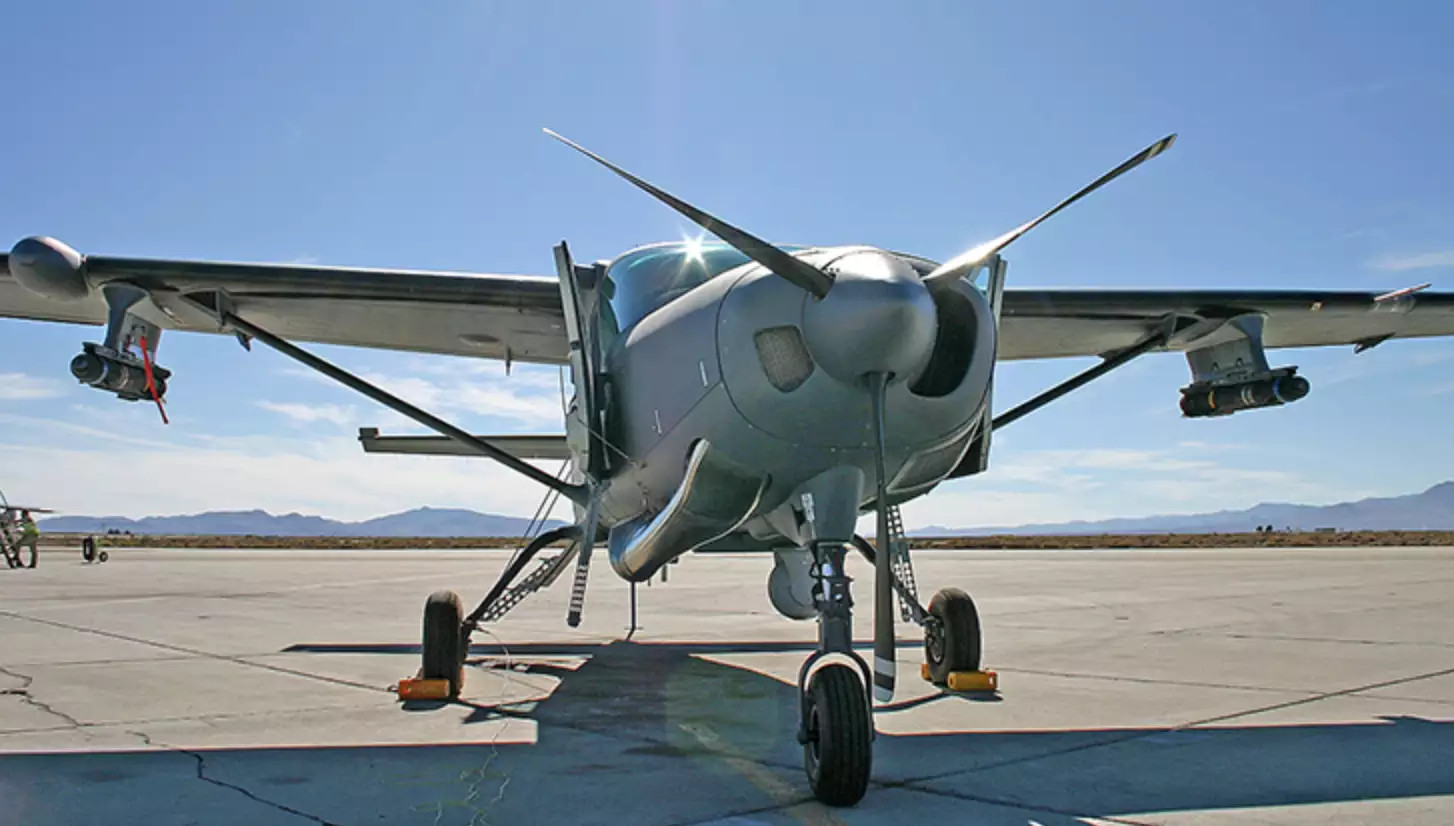
None of this takes into account the various previous light attack test and evaluation programs that the Air Force and its sister services have conducted since 2007. The idea that the Air Force needs new planes and new units in order to further explore the light attack concept, for its own use or in order to support allies and partners, is almost impossible to believe. Even if this is true, as described now, the service’s light attack effort is duplicative of existing lines of effort and risks wasting money that it could use for other priorities – including establishing an actual, robust, and operational light attack fleet.
Beyond all of this, the rhetoric from both Goldfein and Wilson just pointedly ignores the very real requirements and demand for light attack aircraft within the U.S. military, which have existed for decades, something you can read about in much more detail here. As The War Zone have been pointing out for years, light attack planes would offer the Air Force a cost-effective alternative to using higher-end combat jets and bombers for low-risk missions.
The service has had to rely heavily on higher performance combat jets for these missions, which has had a visibly negative impact on the readiness and longevity of those fleets. Light attack aircraft also cost just a fraction per flight hour to fly and require less supporting infrastructure, which is especially valuable in austere environments. They can also persist longer over the battlefield without the necessity of expensive gas from aerial refueling tankers. The U.S. military has already demonstrated what light attack aircraft can bring to the table on multiple occasions, most notably with the deployment of a pair of heavily modified OV-10G+ Bronco aircraft to Iraq for an operational test in 2015.

That the Marines, who have their own such requirement for light attack planes, are formally joining the program, only underscores this well-established demand within the U.S. military for this capability. So far, though, neither the Navy nor the Marine Corps have announced any plans so far to procure any such aircraft, either.
All told, the Air Force’s light attack program might not be officially canceled, but there appears to be no plans at present for the service to fly the planes in combat itself. What the service is left with is a wholly unnecessary program to help allies do what they’re already doing while ignoring its own internal demands.
In other words, the idea that there is more need for experimentation is laughable. We needed a fleet of these aircraft not just yesterday, but well over a decade ago.
Contact the author: jtrevithickpr@gmail.com
